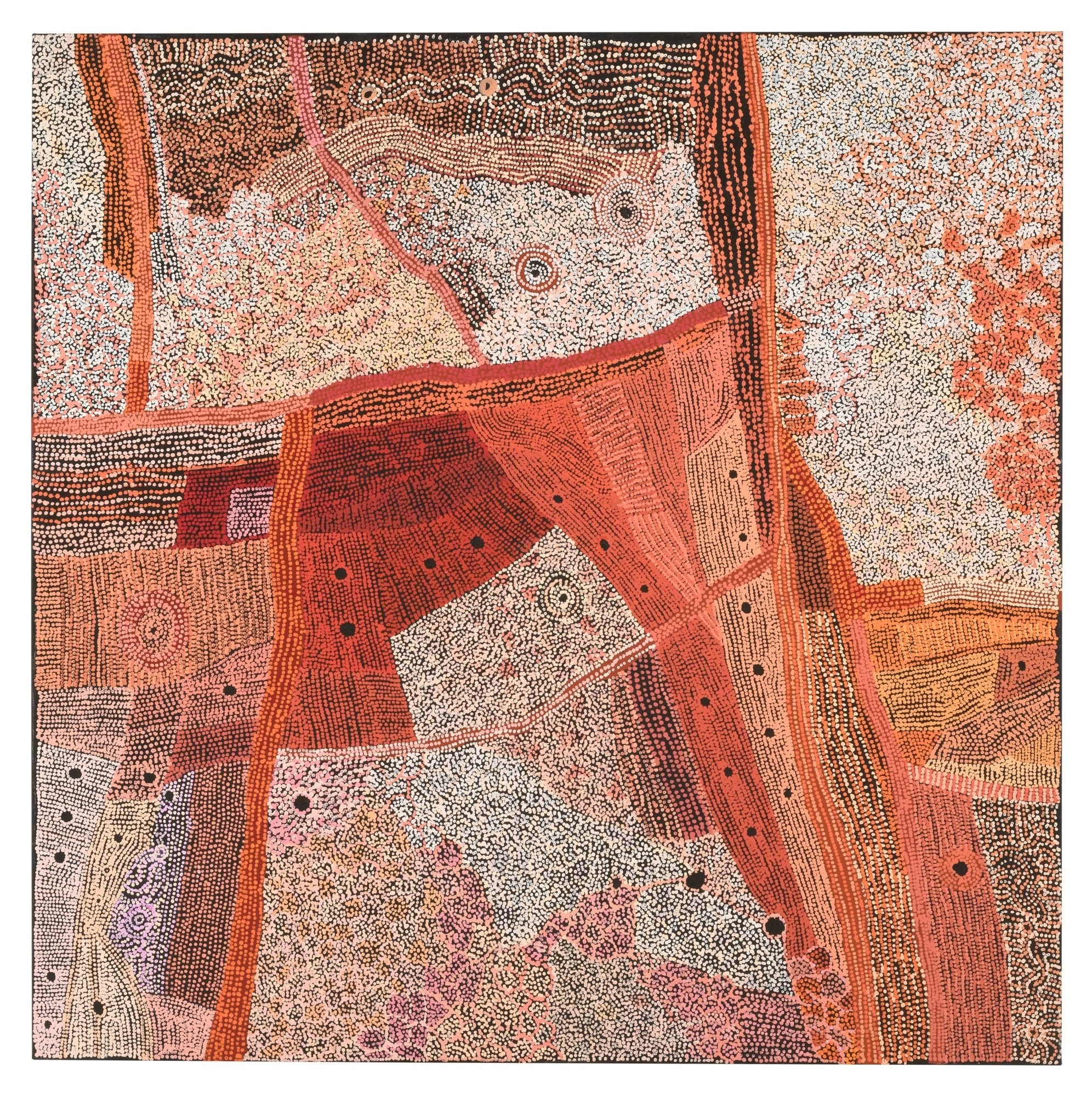
Plus fuel fiasco and shapely winners. Welcome to Galah Weekly, our award-winning newsletter keeping you up to date with regional headlines that matter, plus other delightful things from life beyond the city. By Dean Southwell, who finds himself arguing daily with AI chatbots.
International criminal gangs believed to have used artificial intelligence to imitate specific people have scammed Noosa Council on the Qld Sunshine Coast of almost $2 million in ratepayer funds.
The council said this week $2.3 million was lost in the scam in December, which is being investigated by Qld police and the Australian Federal Police’s cybercrime unit. About $400,000 has since been recovered with the help of banks.
Noosa Council chief executive Larry Sengstock told ratepayers that the council was not aware of the loss until contacted by police, who had not wanted information released until now because it might compromise investigations.
Cybersecurity expert and former FBI agent Dennis Desmond said AI deepfake technology was probably used to convince a council staff member to approve large transactions. The council has said no staff could be blamed for the incident.
Why it matters. Australians have been told to expect AI to transform the way we live and work, with productivity benefits. Yet the Noosa experience supports warnings about its malicious use. Five minutes on social media shows how AI is already pervasive and why there’s a need for education to help spot the difference between fact and fraud.
This is your chance to help shape the future of a storied Sydney institution. As The Women’s Club approaches its 125th anniversary, it is reflecting on what women today want from the club. What experiences matter most and what purpose should it serve in the future? Galah readers are invited to share their thoughts in a short survey. Taking part will put you into a draw to win an unforgettable experience at The Women's Club.
Five potted palms have been strapped to street poles outside a Wollongong hotel in a novel protest over the council’s refusal of a $6 million development.
Ryan and Nikki Aitchison said they arranged the pole palms – designed to mock the Wollongong City Council’s permanent display of three cabbage tree palms bought for $620,000 in 2017 – to draw attention to their rejected development application.
The Aitchisons had wanted to add a ground-floor TAB, a rooftop bar and renovate accommodation in the heritage-listed hotel. The council rejected the development last month because of concerns over structural engineering.
Rural women are 60% more likely to suffer miscarriages than women in major cities, wait longer to get specialist obstetric care and are less likely to be able to access mental health support.
The stark findings are made in a report by Pink Elephants, an organisation that offers support for women suffering early pregnancy loss.
The report has sparked calls for better support for rural communities and particularly for women who need support after a miscarriage. Pink Elephants says up to 150,000 couples a year experience pregnancy loss.
The Koori Formal, a concept driven by two elders to encourage more Indigenous students to complete year 12 in the NSW town of Kempsey, is almost two decades old and thriving.
Jackie Welsh and Natalie Smith were working as Aboriginal education officers when they developed the idea of a dinner for Indigenous graduates to encourage other students to complete high school. They saw the dinner as an accessible option for students who might not be able to attend their school’s regular formal because of cost.
The Koori Formal is now held at schools across the Macleay Valley. The NSW education department says the number of Indigenous students enrolled in north coast high schools grew by almost 8% in the past two years.
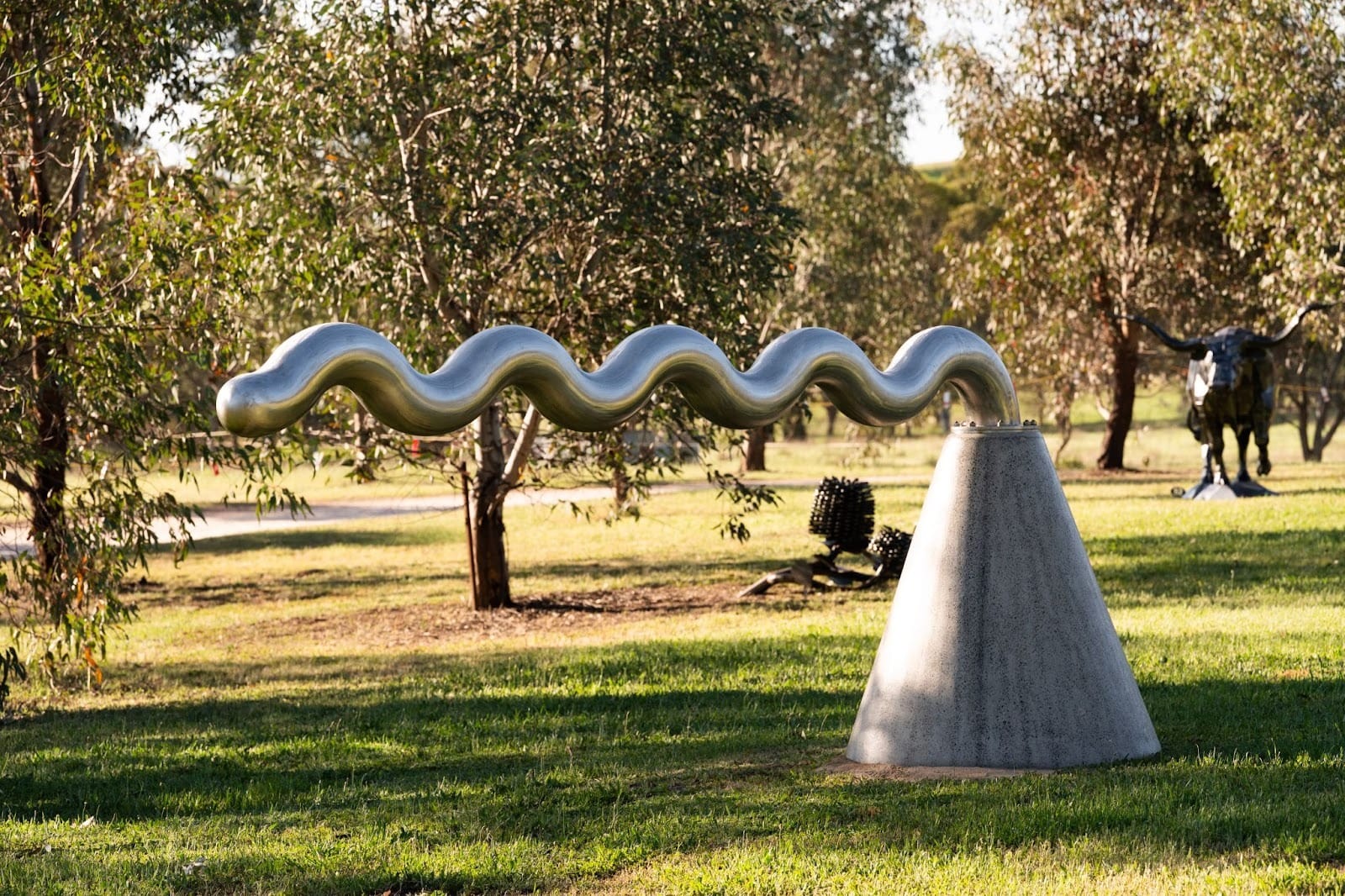
Lake Macquarie sculptor Vlasé Nikoleski has won the $30,000 feature prize at the 2025 Sculptures in the Garden, a celebration of regional outdoor sculpture.
Macedonian-born Nikoleski’s Inland Jetty, made of marine-grade stainless steel and reinforced concrete, was also awarded the Mid-Western Regional Council Prize for an outstanding large-scale work. Other major winners in Sculptures in the Garden included Rhonda Castle (Wyong, NSW), Alex Scheibner (Rylstone), Nigel White and Emma Ferris (Mudgee) and Carl and Eden Plaisted (Orange).
Sculptures in the Garden is open at Rosby Wines, Mudgee, until 26 October.
In other awards news, Illawarra-based artist and jeweller Cinnamon Lee won the $35,000 first prize in the Australian Design Centre’s MAKE Awards. The finalists’ exhibition runs until 19 November.
Motoring bodies are pushing for the national competition regulator to investigate regional petrol prices, which they say are persistently higher in some areas than can be justified.
The Australian Competition and Consumer Commission (ACCC) monitors prices in capital cities and about 190 regional centres. Fuel prices are typically about 2.5 cents a litre higher in the regions, although the gap can be far more dramatic.
The WA Kimberley town of Broome typically has the most expensive fuel in the country, with residents paying as much as 57 cents a litre more than in Perth. That’s despite Broome’s fuel being shipped direct from Singapore. Prices in similarly remote towns such as Kununurra can be much lower.
The NRMA says the price variations don’t pass the pub test and wants the ACCC to investigate.
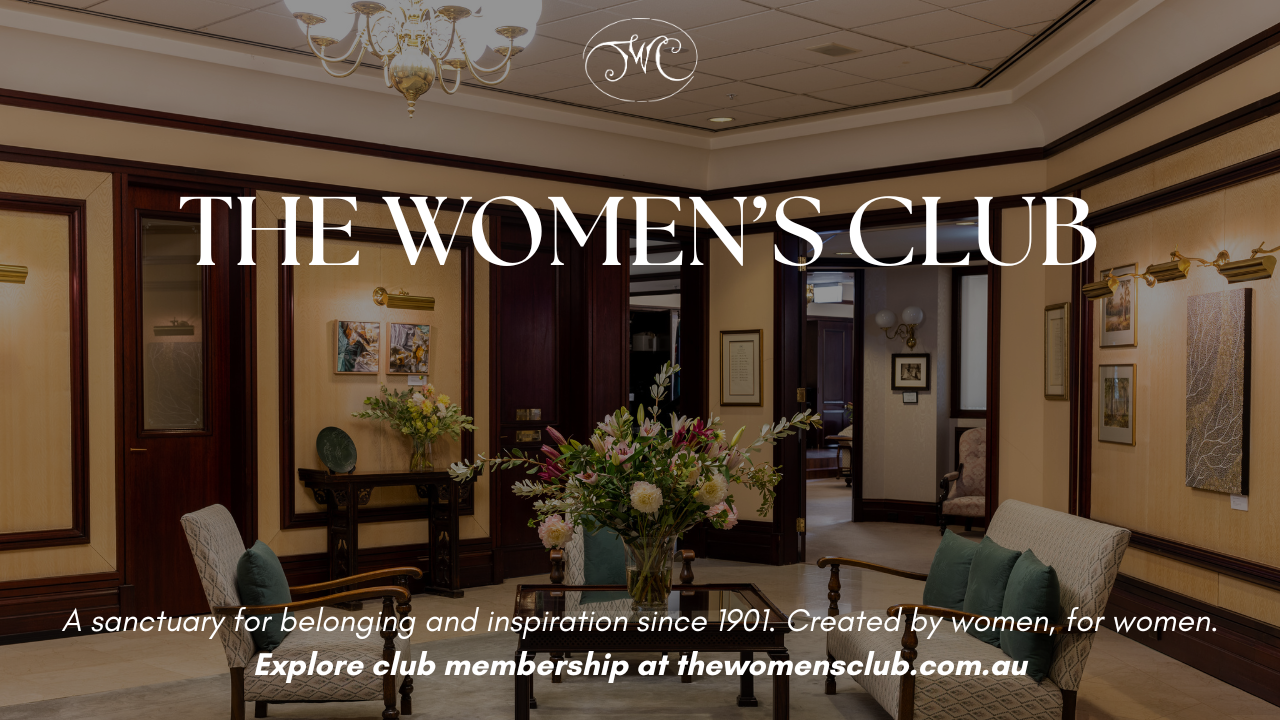
A major exhibition of Aboriginal and Torres Strait Islander art staged by Michael Reid galleries in Washington DC is due to open this weekend.
Included are works by the late, great Emily Kam Kngwarray, who features on the cover of Galah magazine’s Issue 13. Also featured in this issue is the gallerist himself – Reid is a staunch supporter of Australian regional art with a destination gallery and home in Murrurundi, NSW.
The Stars Before Us All is Reid’s first venture in the US, ahead of plans to open a new gallery in Los Angeles.
Don’t miss these stories and more in Galah’s Issue 13, shipped on 3 November.
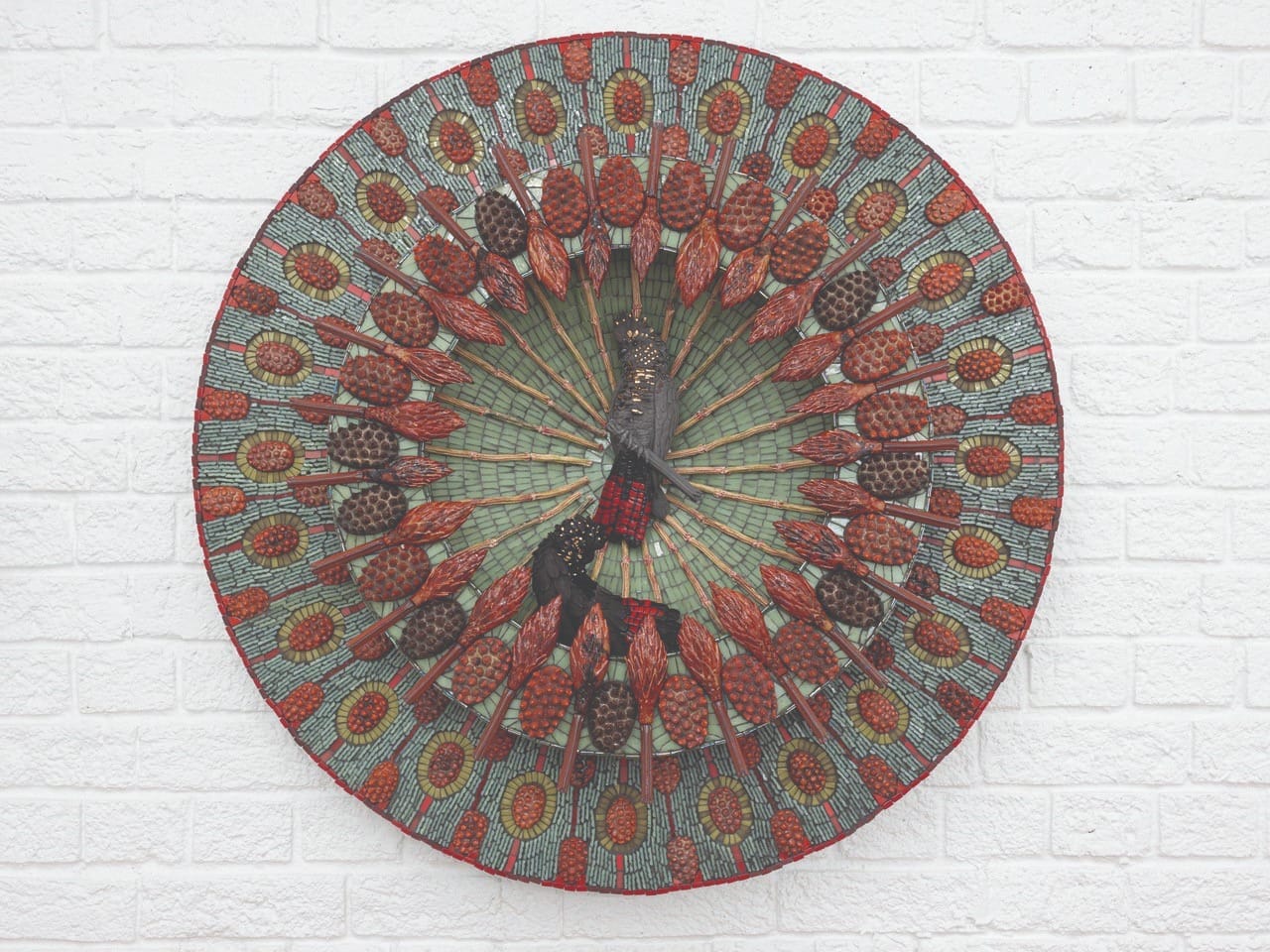
This exhibition offers perspectives on the importance of birds. Regional artists are featured alongside a selection of key works drawn from the state collection of the Art Gallery of NSW, including works by Brett Whiteley and Arthur Boyd. At Manning Regional Art Gallery, Taree, NSW, until 29 November. Read more
Orange winemakers Nadja Wallington and Steve Mobbs are planning a celebration of creativity, connection and community, including hands-on workshops during the day and a food-and-wine gathering in the evening. At Chalou Wines, Orange, NSW, 29 November. Read more
This 10th-anniversary celebration of Indigenous art started this weekend with the Tarnanthi Art Fair and continues with events including a major exhibition, Too Deadly: Ten Years of Tarnanthi with highlights of works from previous festivals. At Art Gallery of SA, Adelaide, until 18 January. Read more
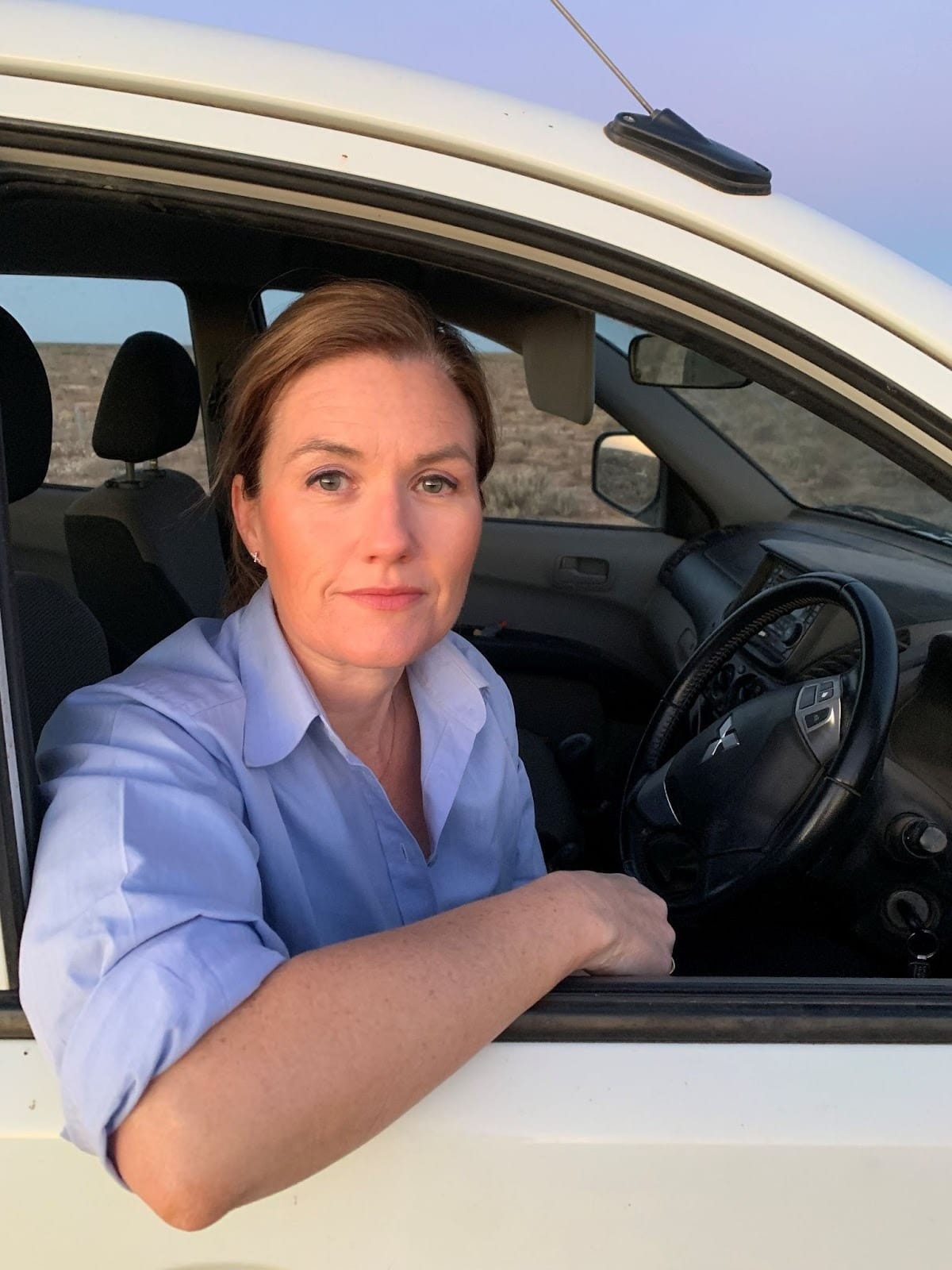
Communities throughout regional Australia are wrestling with the nation’s switch to renewable energy, and many are struggling with the division that comes with it.
Alison McLean is executive manager of economic development and tourism manager at Hay Shire Council, cited as an example of a community that has taken control of the change process. McLean lives with her husband and three children on their sheep property near Booligal, about 100km north of Hay.
Here she talks about Hay’s community-first approach, which applies to handling any change, not just energy transition.
What factors influenced you? I had friends who had been impacted by proposed renewable developments in other parts of NSW, where communities were being divided. I did not want to see that happen to my community. I wanted to put community first.
Tell us about your community. There is a misconception that we’re just a bunch of farmers sitting on our front verandahs waiting for rain. My community is smart. We have some of the largest privately owned agricultural businesses in Australia. I thought my community deserved the respect to know all the details of what was coming. I knew my community would then make the best decision for our future.
What was most important to you when you started the process? I have lived in Hay (pop. 2900) for half my life and have seen how a loud minority can get hold of a conversation. Then, because small communities tend to shy away from conflict, we tend to let them control the narrative. This was too big an issue to not have the whole community involved. We went in with the mantra that the energy transition must be about discussion and not division. The developments were going to happen, so we chose to have that change happen with us and not to us.
What makes Hay’s approach different? It’s a very place-based response, but the difference is that we started very early. The moment the first developer talks to a landholder is the moment there is impact on a community. The process was all about making sure that we set the rules. We did not discuss the ideology behind the transition, but had honest conversations about the opportunity and challenges.
How did you get the community involved? We started with our councillors and then pulled a group of 12 “thought leaders” together to workshop the why, how and what of hosting renewables. From there we held a couple of town halls for the whole community. Our consultation is ongoing.
What stands out from the consultation? Probably the most enlightening response, among many, was when a born-and-bred Hay woman said: “Ï know farmers don’t want this. They don’t want these farms on their farms.” She was sitting next to a farmer, who at that stage was a potential host, who said: “Actually, if this happens, this will change my family’s life for the better.” The whole room suddenly understood that what they had heard in the media was not the situation in Hay.
What did the community want? They wanted affordable energy – if they could see the turbines spinning they wanted the benefit in their hip pocket. They wanted to avoid the boom and bust of large-scale infrastructure and they wanted to ensure that there was a legacy for the next generation with a focus on housing, childcare and education.
Why was it so important for the community to have control? This will be the biggest change my community has experienced since settlement. Why should others, who do not live here and who will not be impacted, dictate how we deal with the changes?
What are some of the likely results for the community? We have negotiated discounted electricity for everyone in our postcode and we will see benefits that will allow us to make changes we have only dreamed of, including a legacy housing project. We expect to see an additional 50 long-term jobs that will mean more families and flow-on jobs for people such as teachers, nurses and hospitality workers.
Are there lessons for other communities? One lesson that transfers across all communities is this: show the community the respect they deserve and encourage discussion not division. It is not all sunshine and lollipops. There are people here who really do not want to see the developments happen, but they can see that the opportunities can outweigh their personal opinions. I am really proud of my community for that.
Opportunity might be knocking for a Galah on the ground looking to play a key role in the northern NSW arts community. A reader alerted us to Arts Northern Rivers’ hunt for a new executive director. If that sounds like you or someone you know, find out about it here.
We’d love to hear about the news, events and people that should be making the headlines in the Galah Weekly newsletter. Share what’s new(s) in your neck of the woods with us at newsie@galahpress.com